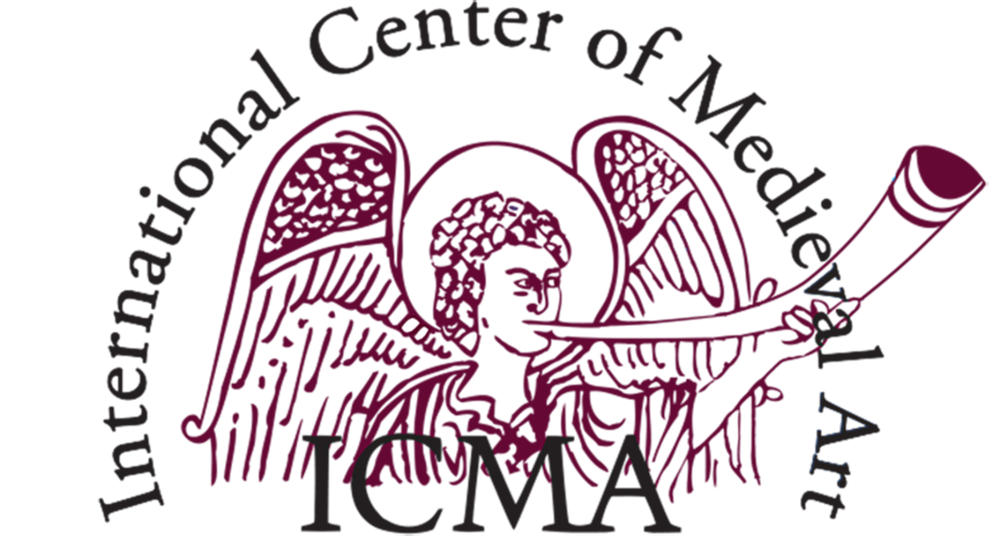Processions: Urban Ritual in Byzantium and Neighboring Lands
Byzantine Studies Symposium
Leslie Brubaker and Nancy Ševčenko, Symposiarchs
Dumbarton Oaks Music Room
April 12 – 13, 2019
Register here.
Military, civic, and religious processions were hallmarks of the ancient and medieval world; they continued into the Renaissance and, indeed, continue to this day. The Byzantine procession has not yet been subjected to any synthetic, historicizing, contextualizing, or comparative examination.
Understanding processions is critical for our appreciation of how urban space worked and was manipulated in the Middle Ages. For the 2019 Dumbarton Oaks Byzantine Symposium, speakers will examine texts, artifacts, and images to develop a new understanding of medieval urban life across multiple social registers. For example, records of processions show us what kinds of public behavior were acceptable, and when, and where. Studying processions introduces us to new protagonists as well, for processions involve audiences as well as participants, and groups hitherto virtually invisible, such as the team of people who prepared for the event by decorating the streets, will be brought to light. The Byzantine commitment to processions is striking in terms of the resources and time allocated: there were as many as two processions a week in Constantinople, many involving the patriarch and the emperor. In the Latin West, the Crusader States, and in the Fatimid, Ottoman, and Muscovite worlds, by comparison, processions occurred far less frequently: the procession was significantly more important to the Byzantines than to their neighbors and successors. The comparative study of Byzantine processions to be offered by the speakers at the symposium will reveal how the Byzantines operated in a complex global network defined by local contexts, how the Byzantines positioned themselves within this network, and the nature of the Byzantine legacy to the Islamic, Catholic, and Orthodox inheritors of their culture.
Bliss Symposium Awards for students (deadline: March 1, 2019)
Speakers
Nathanael Andrade (Binghamton University – SUNY), “Controlling Material and Semiotic Landscapes: Processions in Late Antiquity”
Christine Angelidi (Institute of Historical Research, National Hellenic Research Foundation), “Sparkling Creations, Threads of Tradition: Marian Processions in Medieval Constantinople”
Leslie Brubaker (University of Birmingham), “Bridging the Gap: Processions in Early Medieval Constantinople”
Michael Featherstone (Centre National de la Recherche Scientifique; University of Fribourg), “Middle Byzantine Public Processions in Constantinople”
Michael S. Flier (Harvard University), “Changing Times, Divergent Destinies: Processional Imagery in the Age of the Tsar”
Georgia Frank (Colgate University), “The Things They Carried: Religious Processions in Early Byzantium”
Niels Gaul (University of Edinburgh), “Processions in the Late Byzantine World”
Çiğdem Kafescioğlu (Boğaziçi University), “Guild Processions in Istanbul: Claiming Public Space in the Early Modern City”
James Norrie (University of Oxford), “Eleventh- and Twelfth-Century Processions in Milan and Rome: Urban Conflict or Civic Integration?”
Sebastian Salvadó (Independent scholar), “The Latin Processions in Jerusalem”
Paula Sanders (Rice University), “Negotiating power in the Islamic Mediterranean: Urban Processions in Egypt, North Africa, and Iberia”
Alexandra Vukovich (University of Oxford), “Princely Processions and Peregrinations: Itinerant Rulership in Early Rus”
